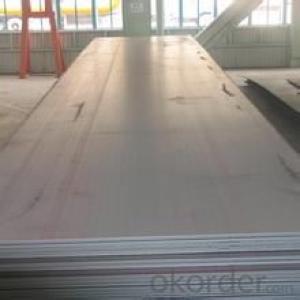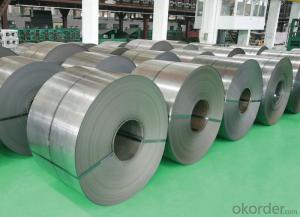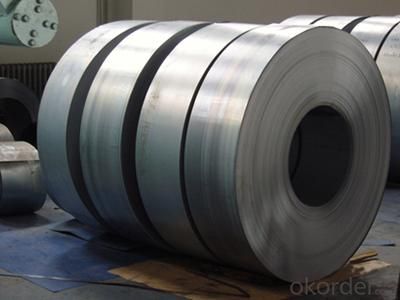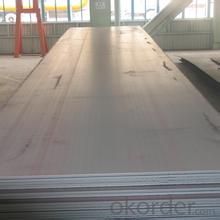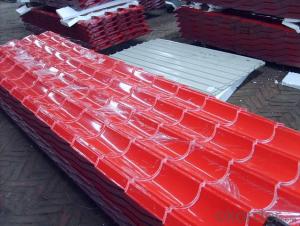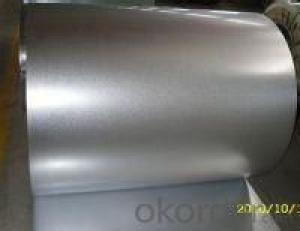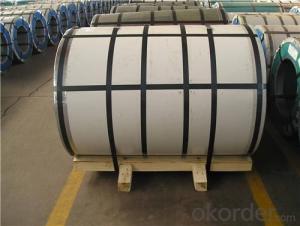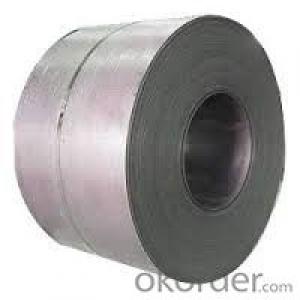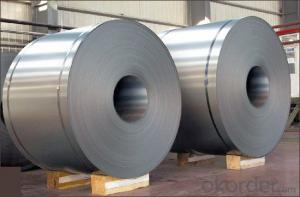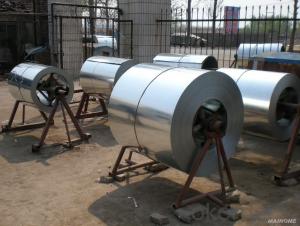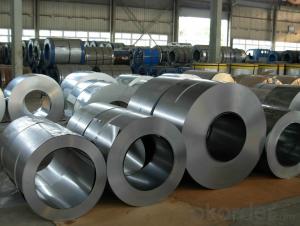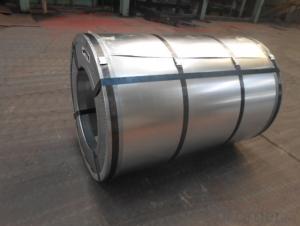acid pickling steel coil
- Loading Port:
- China Main Port
- Payment Terms:
- TT OR LC
- Min Order Qty:
- -
- Supply Capability:
- -
OKorder Service Pledge
Quality Product, Order Online Tracking, Timely Delivery
OKorder Financial Service
Credit Rating, Credit Services, Credit Purchasing
You Might Also Like
Quick Details
| Standard: | Grade: | Thickness: | |||
| Place of Origin: | Brand Name: | Model Number: | |||
| Type: | Technique: | Surface Treatment: | |||
| Application: | Special Use: | Width: | |||
| Length: | Certificate: | Surface: | |||
| Name: | Technique of production: | Coil Weight: | |||
| Inside Diameter: | Outside Diameter: | Delivery Detail: | |||
| Productivity: |
Packaging & Delivery
| Packaging Detail: | Export standard package or as request for hot rolled pickled steel coils |
| Delivery Detail: | 15-60 days for hot rolled pickled steel coils |
Specifications
hot rolled pickled steel coils
1) Quick delivery
2) High quality and good price
3) Stock&Production
- Q: How are steel coils transported and stored?
- Steel coils are typically transported and stored using specialized equipment and facilities. They are commonly transported by trucks, trains, or ships, secured with steel strapping or wire rope to prevent movement during transit. Once at the storage facility, steel coils are typically stacked in a secure and organized manner, either on the ground or on specially designed racks. The coils may be stored indoors or outdoors, depending on the specific requirements and conditions. To protect the coils from damage and corrosion, appropriate weather protection measures and coatings are applied.
- Q: Where can you buy a steel polearm in a shop or if someone has a file in Scania than can you sell me one ill buy it for 150k my account is tonypark500
- you can buy it at the free market, but they worth more than 150k they sell for about 1m so good luck with getting polearm.
- Q: I am wondering if i can use my western guitar as a kind of steel-guitar, read something about it on Wikipedia.
- If you decide to get a true pedal steel, plan on spending some big money. Look on eBay for a Carter Starter. It will be the best guitar to start on...and not outgrow too fast.
- Q: I saw an amazing flamenco player, however i have a steel string guitar, where he had a nylon stringed one. So i was wndering if its possible to play flamenco songs on the steel string guitar, and where could i find a tab for it? are there tabs for rasegueados?
- Rocket Languages it is a acknowledged leader in online language understanding. With Rocket Language course you will have characteristics like: voice recognition, testing, games, in-built flashcard app and a intriguing design. Rocket Languages is the best option to understand Spanish language.
- Q: How do steel coils withstand extreme temperatures?
- The unique composition and manufacturing process of steel coils enable them to endure extreme temperatures. Steel, the primary material in coils, consists of iron and carbon, forming an alloy with exceptional thermal properties. With a high melting point of up to 2,500 degrees Fahrenheit (1,370 degrees Celsius), steel remains structurally stable even in intense heat. Additionally, the annealing process is commonly applied to steel coils. This involves heating the steel to a specific temperature and gradually cooling it down. By relieving internal stresses, annealing enhances the steel's resistance to thermal expansion and contraction. It also reduces internal defects, thereby improving the overall strength and durability of the steel, enabling it to better withstand extreme temperatures. Furthermore, protective coatings are often applied to steel coils to provide additional resistance against temperature fluctuations. These coatings, such as galvanized or zinc coatings, act as a barrier between the steel and the external environment. They effectively prevent oxidation, corrosion, and other forms of degradation that can occur when exposed to extreme heat or cold. In conclusion, the ability of steel coils to withstand extreme temperatures can be attributed to the inherent properties of steel, the annealing process that relieves internal stresses, and the protective coatings that offer an extra layer of resistance. These factors work in harmony to ensure that steel coils maintain their structural stability and performance, even in the most challenging temperature conditions.
- Q: How much do steel coils weigh?
- The weight of steel coils is subject to variation, which is determined by multiple factors including coil thickness, width, length, and the particular type of steel employed. In general, steel coils can range in weight from a few hundred pounds to several tons. It should be emphasized that the measurement of steel coils typically revolves around their weight per unit area, referred to as the "basis weight" or "coil weight".
- Q: How are steel coils used in the manufacturing of industrial conveyors?
- Steel coils are used in the manufacturing of industrial conveyors as the primary material for the conveyor belts. They are formed into circular shapes and then cut into strips to create the belt. Steel coils provide strength, durability, and flexibility to the conveyor belts, allowing them to withstand heavy loads and operate smoothly.
- Q: Is boron steel or carbon steel a harder metal? Which one is more flexible?
- Boron is classified as a Metalloid element and is located in Groups 13, 14,15, 16 and 17 of the Periodic Table. An element classified as a Metalloid has properties of both metals and non-metals. Some are semi-conductors and can carry an electrical charge making them useful in calculators and computers.
- Q: What are the different methods of roll forming steel coils?
- There exists a variety of techniques for roll forming steel coils, each possessing distinct features and uses. Some prevalent methods encompass: 1. Conventional Roll Forming: This technique, widely employed, involves gradually shaping a continuous steel strip into the desired profile by passing it through a series of rollers. It offers high precision and repeatability, making it ideal for manufacturing intricate shapes and profiles. 2. Pre-Punch and Cut: With this method, the steel strip is pre-punched with holes or slots before undergoing roll forming. This facilitates easier cutting and shaping during the forming process, enhancing efficiency and reducing waste in specific applications. 3. Post-Punch and Cut: Similar to pre-punching and cutting, this method adds holes or slots after the roll forming process. It provides greater flexibility in creating customized shapes and designs since the holes can be precisely placed as required. 4. Post-Forming: On certain occasions, the steel strip is initially roll formed into a basic shape or profile, which is then further manipulated or formed. This approach allows for additional customization and enables the creation of more intricate geometries. 5. Progressive Roll Forming: This technique involves continuously passing the steel strip through a series of rollers, with each roller gradually adding a distinct feature or forming a specific part of the final profile. Progressive roll forming is commonly utilized for lengthy, continuous profiles with repetitive shapes. 6. Incremental Roll Forming: In this method, the steel strip is incrementally shaped by means of small movements of the rollers. It provides greater flexibility in shaping complex profiles and proves particularly useful for producing prototypes or low-volume production runs. Ultimately, the selection of a roll forming method depends on the specific requirements of the application, such as the desired shape, complexity, precision, and production volume. Each method presents its own advantages and limitations, and manufacturers typically choose the most suitable technique based on these factors.
- Q: I really need help what is the origon of stainless steel?
- Source Of Stainless Steel
Send your message to us
acid pickling steel coil
- Loading Port:
- China Main Port
- Payment Terms:
- TT OR LC
- Min Order Qty:
- -
- Supply Capability:
- -
OKorder Service Pledge
Quality Product, Order Online Tracking, Timely Delivery
OKorder Financial Service
Credit Rating, Credit Services, Credit Purchasing
Similar products
Hot products
Hot Searches
Related keywords

